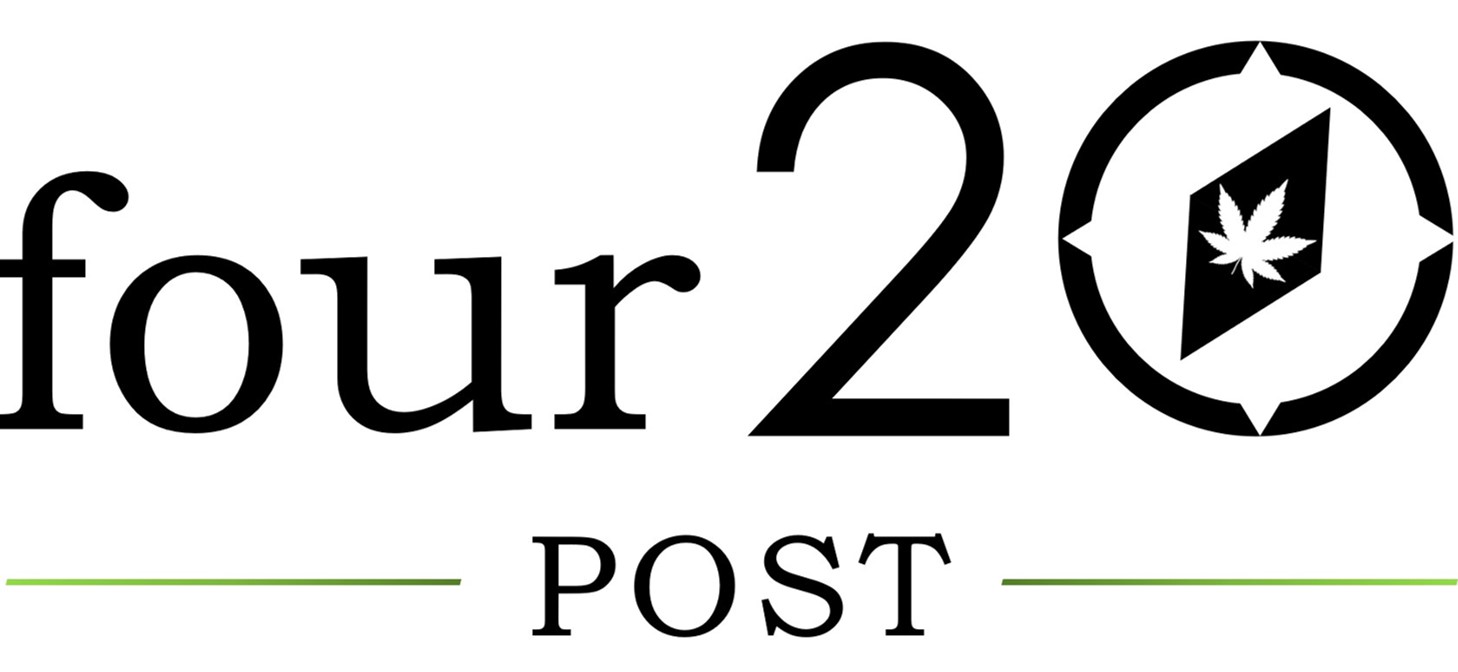Public perception regarding the risks associated with marijuana use has been on the decline in recent years as more states legalize the drug for medical and recreational purposes.
However, health officials like neurologist Angelos Katramados, director of the acute stroke unit at Henry Ford Health, say a growing body of research should cause users to reassess the risk.
“Our understanding of the consequences of cannabis use is limited but rapidly evolving,” Katramados said.
“At this point in time, it is critical to have high quality prospective research, as well as active surveillance programs on the prevalence of marijuana use now and in the future.”
In a study published earlier this year in the Journal of the American Medical Association, researchers found daily consumers had 25% higher odds of heart attack, and 42% higher odds of stroke, compared to nonusers.
Researchers evaluated Behavioral Risk Factor Surveillance data for more than 434,000 respondents from 2016 to 2020. Of those who responded, 4% were self-reported daily cannabis users, and 7.1% were non-daily users.
More frequent use was associated with higher risk of adverse cardiovascular outcomes. The same was true for patients at greater risk for stroke and heart attack.
Katramados said older studies that supported the absence of risk are no longer relevant due to an increase in marijuana potency nowadays. The concentration of THC, the psychoactive constituent of marijuana, has increased from 3% in 1991 to 17% in 2017.
“I think that everybody should consider it a significant risk,” Katramados said. “We do have signals of harm, like that study from the spring, and our hope is that there will be more meaningful research studies.”
Cannabis use has also been associated with brain health and cognitive vitality for all ages. Prenatal exposure has been associated with poor cognitive performance, as well as emotional and mental health of children as they develop.
Katramados said it’s difficult to distinguish between smoking marijuana products vs ingesting products like edibles or vapor for purposes of risk assessment, because users of one form tend to partake in others. He said more research is needed with a focus on those forms of cannabis use.
Earlier this year, the U.S. Drug Enforcement Administration proposed reclassifying marijuana as a less dangerous substance (from Schedule I to Schedule III).
Schedule I drugs — heroin, LSD, ecstasy, methaqualone and peyote — have no accepted medical use and a high potential for abuse. Meanwhile, schedule III drugs — Tylenol with codeine, ketamine, anabolic steroids, and testosterone — have moderate to low potential for physical and psychological dependence.
This story was published at MLIVE

